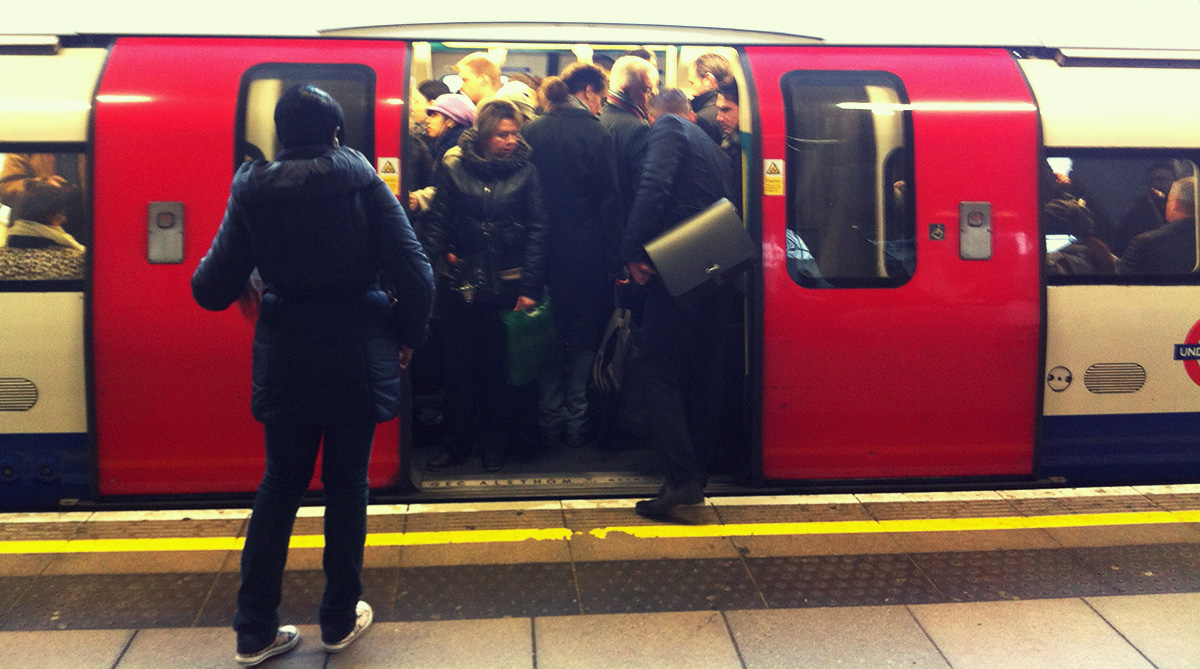Delving through the latest Underground crime statistics, Drew Goodsell finds an uneven track record.

British Transport Police have released crime figures for the London Underground in 2015, revealing the Central Line as the most dangerous.
On the Central Line, which runs from West Ruislip to Epping via Stratford, in 2015 almost 2000 recorded crimes occured either on the platform or on the train itself, including 198 sex offences. But on East London’s Docklands Light Railway only 633 criminal offences occurred; 35 of these were sexual offences.
More than 1500 criminal acts occurred on the Jubilee Line, which starts at the Stratford hub. Of these, 103 were sexual offences, making it the fourth worst for total crimes committed, and third for sexual activities. The District Line, which passes through West Ham, Mile End and Plaistow, appears next on the list, with a total of 1,292 crimes occurring on the line, 50 of those being sex offences. The Hammersmith & City Line also runs through East London, but figures for this line are complicated, since part of its route overlaps with the Circle Line. For the two lines together, 1102 crimes were recorded, of which 49 were sexual offences.

Tube trains at Stratford Station. Pic: Hec Tate, available for use under Creative Commons License.
The most crime-free line on the London Underground was the Waterloo & City Line. Running six days a week with restricted hours, there were only 10 reported incidents on the line, with only one of those being a sexual offence.
British Transport Police (BTP) point out that crime figures across the network are going down, saying: “Over the course of 2014/15, the BTP recorded more than 9,000 offences across the London Underground Network and 46,000 across England, Scotland and Wales as a whole. This was our lowest recorded level of crime nationally in more than a decade and makes it very clear that the changes of becoming a victim of an offence are minimal, especially when you consider that millions of passenger journeys are made on the Underground each day.”
The BTP spokesperson continued: “Many of these stations are very busy hubs with huge numbers of people passing through, so numbers of offences are always likely to be higher than at smaller stations. Larger, busier stations also have a higher police presence, so more offences are likely to be recorded as a result of police-generated activity.”
“We’re committed to providing a safe environment for all passengers and rail staff. The tube network is a CCTV rich environment, and we deploy uniformed officers every day to patrol stations on the tube network to reassure passengers.”
The data takes into account recorded crimes from the 1st January 2015 to the 31st December 2015 which have been reported to the BTP.
Top picture courtesy of Christine Matthews, available for use under the Creative Commons License.




